Watch out for the fake meeting request:
Hi,
Important that we meet discuss speerfishing attacks over business comunicatons. We need to make plan about this IMMEDIATELY. Please click on the link [uurl.callender.com] to make an appointment with IT for quick tutorial.
Regards,
IT
Before you or your team click the link hopefully you take a moment to STOP and think about whether this is a legitimate email.
Red flags to look out for:
- Incorrect spelling
- Poor grammar
- A sense of urgency
- Too good to be true (a dinner with George Clooney is probably not going to happen).
- Click on this link….ahhh stop stop stop!
Fake meeting requests or calendar-invite scams are on the rise and your team needs to be educated on this.
Examples of Scams that have occurred:
- Facebook and Google suffered a $121 million BEC scam.
- Ubiquiti lost $46.7 million to an attack.
- Toyota transferred $37 million to crooks in a BEC snafu.
In 2020, BEC attacks were the most lucrative scam. The US estimated cybercriminals made over $1.8 billion with this approach. Beyond money, falling victim to a BEC attack also costs your business time and reputation. Here’s what to look for and how to protect against BEC scammers.
How these Scams Work
With many more people working from home and meeting virtually, there’s been an increase in BEC spearfishing attacks.
On Gmail, the bad actor needs only your email address to send an invite that adds to your calendar by default. Then, you might click on what appears to be a meeting link, which actually takes you to a malware site.
Zoom has also become an attack vector. You get an invite to a meeting that asks you to login into Microsoft Outlook. You’ve done it so many times before, except this is a fake login page, and it’s set up to steal your access credentials.
How to Protect Against BEC Scams
Educate your users. As with any other type of email scam, users need to learn to be careful about the links they click. Some indicators to look for, which you can see in our opening example, include:
- spelling mistakes;
- urgent appeals;
- poor phrasing;
- suspicious links.
Email addresses, links, and domain name inconsistencies are more bad signs. Plus, be wary if something seems too good to be true (a free laptop?) or is an unusual request (transfer $1 million from the CEO’s account).
What can you do?
Google Calendar users can go into General settings, then Event settings, and switch off “Automatically add invitations.” Instead, select “No, only show invitations to which I have responded.” Also, under Events from Gmail, you can stop calendar events auto-generating based on your inbox. Keep in mind, though, that you’ll also be blocking legitimate events.
In these days of the hybrid workforce, we’re used to clicking on links from Zoom, Google Docs, and Microsoft Office as part of our daily workflow. The cyber bad guys know this and are taking advantage of it. Unsubscribing from email lists, keeping your email private, and reporting spam to IT can all help.
Your business might also benefit from working with a managed service provider to use a third-party spam filter. Our team can also review your cybersecurity and help to educate your staff on how to avoid these scams. Contact us here.



